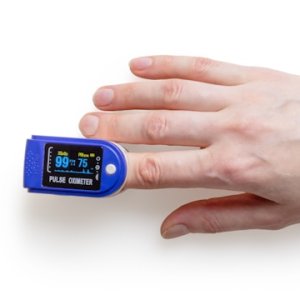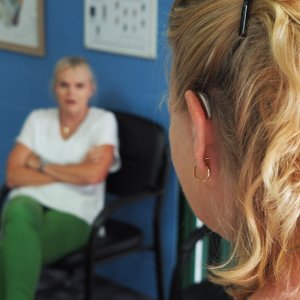Private Sector Expansion Pushes Devices Growth

STORY INLINE POST
Q: Even though the medical device market has not grown much in value, there has been an increase in volume. What is behind this growth?
A: A vast expansion of the private sector across the region, particularly in Mexico, is the main cause coupled with the growth of specialty low-cost clinics. Traditionally, the private healthcare market was reserved for the wealthiest 15 percent of the population while the rest of the population depended on public services. A transition is occurring where the private sector is now focusing on expanding its services toward the middle class and working class. Salud Digna in the northwest of Mexico is a perfect example. It started six years ago as a small clinic in Sonora with the intention of being an affordable private clinic. Now, it owns over 40 clinics throughout Mexico and some in the US, covering 15 specialties from eye care to diabetes. People are willing to pay a little bit of money to have faster and better services than what the public health sector offers. The growth potential is tremendous. When it comes to care, a boom is coming that has not yet reached Mexico. Growth in the home care market is already being seen in Chile and Brazil. Rather than treating people in the hospital and occupying beds for patient monitoring, people are being sent home with portable monitoring devices. A visit to the hospital should only occur for patients that need to see a doctor or nurse. Individuals that only need checkups should be able to take these devices and do it in the comfort of their home. The equipment will communicate with the doctor when a problem occurs. The idea of home care is expected to come to Mexico in the next three to four years.
Q: The specialty medical devices market grew 20 percent in 2015 in Latin America and even though Mexico is the largest exporter in the region, most of its medical devices are imported. What can we expect in Mexico when it comes medical device commerce?
A: We saw a 35 percent currency depreciation across the region over the past 18 months. Mexico was no exception, witnessing a 25 percent currency depreciation. The devaluation has made equipment more expensive in local currency. To maintain sales and hold on to clients, manufacturers and distributors have had to reduce their margins. There is limited innovation in the medical device space in Latin America, with 95 percent of equipment being imported. In a time of currency devaluation, this situation makes it more challenging for hospitals to acquire new equipment. As such, a shift in purchasing trends is spotted in the types of equipment being imported. The volume of medical equipment being imported increased 15-20 percent from 2014 to 2015, while the value increased a mere 2 percent, from US$5.1 billion to US$5.2 billion. This implies that institutions could be buying less expensive equipment, such as refurbished or second hand goods, as well as squeezing their suppliers’ margins. Out of the 25 percent depreciation in Mexico in the past months, distributors absorbed 10 percent internally, and manufacturers as well, but only passed 5 percent of cost differences to the payer. On their end, institutions are purchasing less expensive equipment and turning to less dollarized economies for imports. In the past year, some of our clients switched from importing US equipment to importing from Eastern Europe where there is a smaller currency shift. Chinese products are also starting to take a strong position in the market. Mexico is still the biggest exporter of capital equipment thanks to its maquiladoras. Items that are part of the maquiladora category are required to be exported even if some are meant to be imported back later. A shift in this particular reality is not expected any time soon as the US will continue to be a strong market.
Q: For the next year, how does Global Health Intelligence hope to position itself?
A: In 2016, we are striving to initiate work in Cuba, a truly interesting project as quite little is known about the country from independent sources. We will focus our efforts on medical devices in emerging markets, notably Latin America and Asia for both the public and private sector. We have the unique advantage of holding a panregional database that can help drive policy decisions in an informed manner. We welcome the idea of collaboration with manufacturers, distributors and integrators as well as the government and policymakers.























